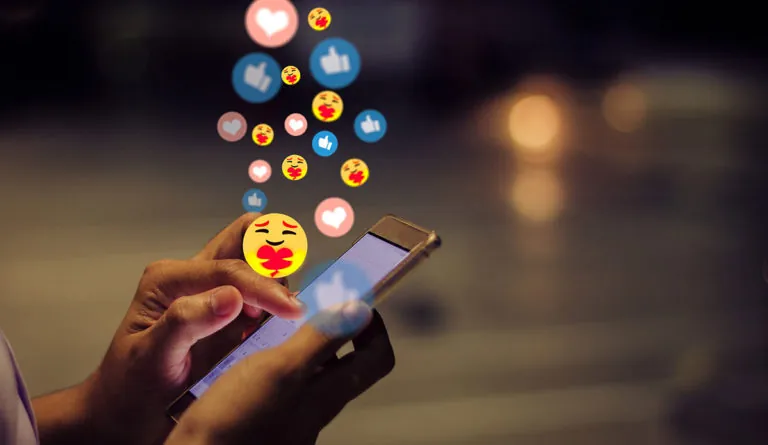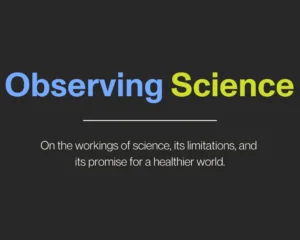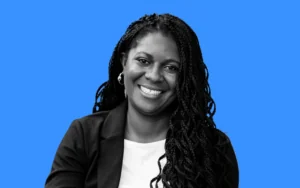How Are Americans Using Social Media for Health?
Social media use for both general and health-related purposes is common among Americans.

Read Time: 4 minutes
Published:
Data from the PEW Research Center shows that the percentage of US adults who use social media has increased from 5% in 2005 to 72% in 2021. Social media have fundamentally changed the way we exchange information, including how we communicate about health. Research suggests that social media can benefit individual health by increasing access to health information and providing avenues for social support. It can also enhance health promotion efforts, for example, by increasing reach, lowering cost, and enabling the delivery of interactive or tailored messages. However, there are also concerns that social media use can negatively impact health by exposing individuals to misinformation or to content that promotes harmful products and behaviors, like tobacco use or self-harm.
With new platforms, functionalities, and use patterns constantly emerging, conducting up-to-date assessments of social media use among the public is vital to understanding its impact on health, tracking communication inequalities, and guiding public health communication efforts. To that end, we analyzed nationally representative data from the 2019 Health Information National Trends Survey (HINTS) to examine how Americans are using social media — both in general and for health-related purposes. Specifically, we looked at prevalence and predictors of 1) visiting social networking sites, 2) sharing health information on social networking sites, 3) participating in online support groups, and 4) watching health-related videos on YouTube.
We found that approximately 86% of internet users engage in at least one of these social media activities, with visiting a social networking site being the most commonly reported activity at 79% of internet users. In terms of health-related uses of social media, the most popular activity was watching health-related YouTube videos (41%), followed by sharing health information on social networking sites (17%). Online support group participation was the least commonly reported activity, at only 9% of internet users.
To be effective and more equitable, public health communication efforts need to be responsive to the dynamic and evolving nature of the digital environment including different online behaviors and social media use patterns of diverse demographic groups.
In terms of user characteristics, we found that being younger and being female was consistently associated with higher likelihood of engaging in all social media activities. Although there were generally few differences by race/ethnicity (which is in line with previous research), we did find that individuals who identified as Hispanic were significantly more likely to report watching health videos on YouTube compared to non-Hispanic Whites.
To be effective and more equitable, public health communication efforts need to be responsive to the dynamic and evolving nature of the digital environment, including different online behaviors and social media use patterns of diverse demographic groups. Our findings show that although social media use is common, relatively few American adults use social media specifically for health purposes.
Consequently, health communication practitioners need to continue using all available channels for outreach, including traditional mass media and in-person health education. This may be especially important for older populations who may not use social media or may feel less comfortable navigating online platforms. Older individuals may also benefit from digital literacy training interventions that help them obtain the benefits of social media use, while avoiding potential pitfalls (such as inaccurate information).
The popularity of health-related YouTube videos, compared to other forms of health-related social media use, suggests that health care organizations and public health entities should pay particular attention to their presence and stakeholder engagement on online video platforms. This will ensure that accurate, up-to-date, and high-quality information is accessible on these sites. In light of the high rates of YouTube use among Hispanic individuals, developing evidence-based health videos that are language concordant and culturally appropriate may be especially impactful.
Photo via Getty Images




